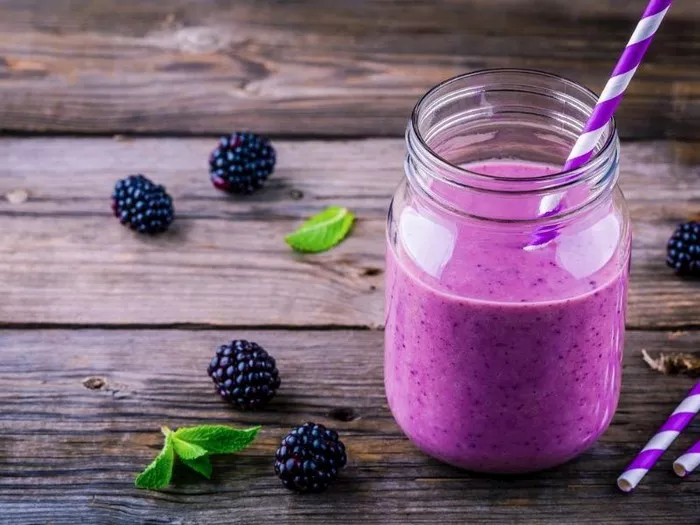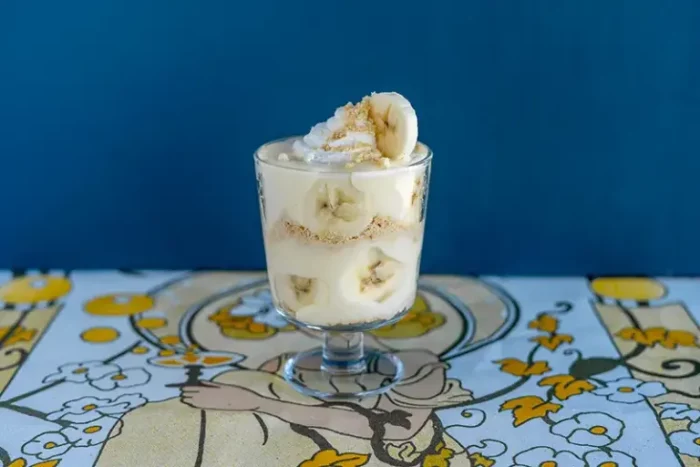Custard powder, also known as Jishi Powder or Custard Powder in some regions, is a versatile ingredient used in baking and dessert making. It adds a creamy, smooth texture and a rich, delicious flavor to various dishes. But what exactly is custard powder made out of? This article will delve into the origins, composition, uses, and benefits of custard powder, providing a comprehensive understanding of this essential ingredient.
Origins and Composition
Custard powder is a dried, powdered form of egg yolk and milk products, combined with starches like cornstarch or flour. It is often fortified with additional flavors and stabilizers to enhance its functionality and taste.
Egg Yolks
Egg yolks are a crucial component of custard powder. They contain lecithin, an emulsifier that allows fats and water to mix, creating the smooth, creamy texture associated with custards. Lecithin helps stabilize the mixture, preventing it from separating during cooking. The egg yolks also contribute to the rich, eggy flavor that is characteristic of custards.
Milk Products
Milk products, such as dried milk or milk powder, provide custard powder with its dairy flavor and richness. These ingredients add creaminess and body to the final product, enhancing its overall appeal. The milk proteins coagulate during cooking, forming a stable structure that holds the custard together.
Starches
Starches, like cornstarch or flour, are essential for the thickening properties of custard powder. When heated, starches absorb water and swell, creating a thick, gluey consistency. This helps to stabilize the custard, preventing it from being too runny. Different starches have different properties, affecting the final texture and appearance of the custard.
Additional Ingredients
Custard powder often contains additional ingredients to enhance its flavor, texture, and stability. These can include sugars, vanilla extract, salt, and stabilizers like gelatin or xanthan gum. Sugars add sweetness and help with browning during baking. Vanilla extract provides a classic, aromatic flavor. Salt enhances the overall taste profile, while stabilizers help prevent separation and improve shelf life.
Production Process
The production of custard powder involves several steps, from sourcing raw materials to final packaging.
Sourcing Raw Materials
Manufacturers begin by sourcing high-quality raw materials, including fresh egg yolks, dried milk, and starches. These ingredients are carefully selected to ensure the final product meets quality standards.
Mixing and Drying
The raw materials are then mixed together in precise proportions to achieve the desired flavor and texture. The mixture is carefully blended to ensure uniformity. Once mixed, the custard powder is dried using heat to remove moisture, creating a stable, powdered form that can be easily stored and transported.
Packaging
The dried custard powder is then packaged in airtight containers to preserve its freshness and prevent moisture from re-entering. Manufacturers often include instructions for use, storage tips, and recipe suggestions on the packaging.
Uses in Cooking and Baking
Custard powder is a versatile ingredient that can be used in a wide range of cooking and baking applications.
Custards and Puddings
One of the most common uses of custard powder is in the preparation of custards and puddings. It can be mixed with milk or water, heated, and stirred until thickened to create a smooth, creamy dessert. Custard powder-based custards and puddings are often served warm or chilled, with toppings like whipped cream or fresh fruit.
Cakes and Pastries
Custard powder can also be incorporated into cakes and pastries, adding moisture, flavor, and texture. It is often used in fillings and icings, creating a rich, creamy taste that complements the sweetness of the cake. Custard-filled cakes, like Boston cream pie, are a classic example of this use.
Pie Fillings
Custard powder is a popular choice for pie fillings, especially in cream pies like banana cream pie or chocolate cream pie. It provides a smooth, creamy texture and a rich flavor that enhances the overall experience of the pie.
Ice Creams and Frozen Desserts
Custard powder can be used to make homemade ice creams and frozen desserts. It adds a creamy texture and a rich flavor, making the final product more indulgent and satisfying. The emulsifying properties of egg yolks in custard powder help to prevent ice crystals from forming, resulting in a smoother, creamier texture.
Sauces and Toppings:
Custard powder can be used to make delicious sauces and toppings for various dishes. It can be mixed with cream and spices to create a rich, flavorful gravy for meat or vegetable dishes. It can also be used as a topping for waffles, pancakes, or crepes, adding a creamy, sweet flavor.
Benefits and Considerations
Custard powder offers several benefits, but there are also some considerations to take into account when using it.
Benefits
Convenience: Custard powder is a convenient, pre-mixed ingredient that eliminates the need to measure and combine individual components.
Consistency: It provides a consistent texture and flavor, making it easier to achieve the desired results in recipes.
Versatility: Custard powder can be used in a wide range of applications, from custards and puddings to cakes and sauces.
Shelf Life: Dried custard powder has a longer shelf life than fresh ingredients, making it a good option for pantry storage.
Considerations
Allergens: Custard powder contains egg yolks and milk products, which may be allergens for some people. It is important to read labels carefully and avoid using custard powder in recipes for individuals with egg or dairy allergies.
Sodium Content: Some custard powders can be high in sodium, which may be a concern for individuals on low-sodium diets. Checking the nutrition information on the packaging can help to make informed choices.
Texture Preferences: The texture of custard powder-based desserts can vary depending on the specific recipe and cooking method. Experimenting with different starches and cooking techniques can help to achieve the desired texture.
Conclusion
Custard powder is a versatile, convenient ingredient made from a combination of egg yolks, milk products, and starches. It adds a creamy, smooth texture and a rich, delicious flavor to various dishes, making it a popular choice for custards, puddings, cakes, pies, ice creams, and sauces. While it offers convenience and consistency, it is important to be aware of potential allergens and sodium content when using it. By understanding the composition and benefits of custard powder, you can incorporate it into your cooking and baking routines to create delicious, indulgent desserts and dishes. Whether you’re making a classic custard pudding or a creamy pie filling, custard powder is a valuable addition to your kitchen arsenal.
Related Topics:
























